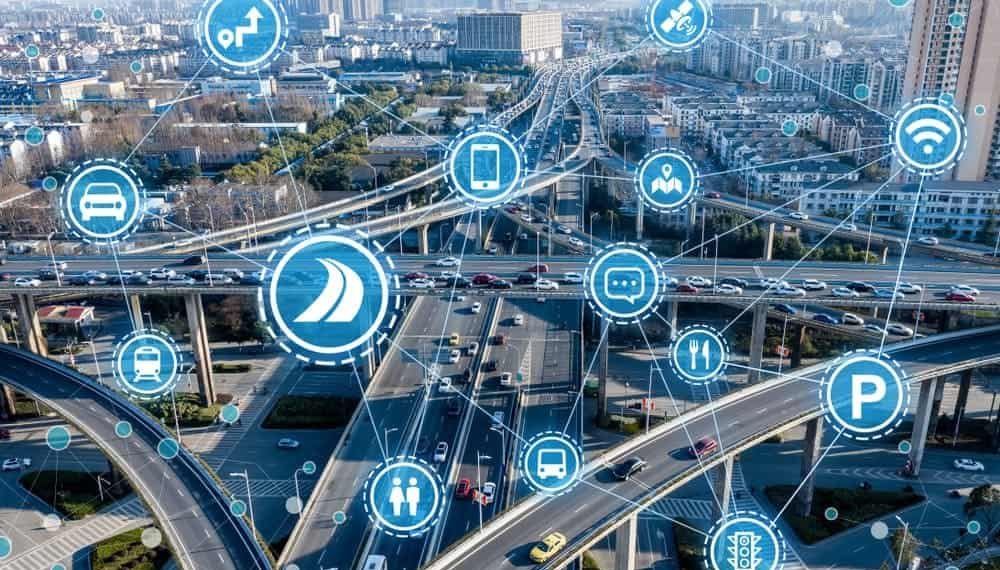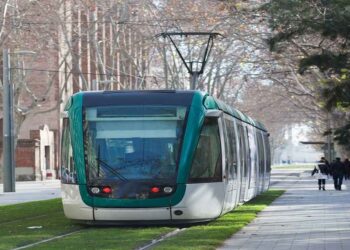The concept of smart cities is based on the foundation of different infrastructure and transport is one of them. Smart transportation essentially includes not only the modes but also the systems that affect those modes such as traffic lighting systems or parking technology etc.
As cities paved the way for smart cities so did the transport system. It too has become a phenomenon these days due to the rise in urban population.
The smart city of today works on three parameters when it comes to transportation –
-
Smart vehicles
-
Adaptive traffic control systems
-
Public transport solutions
A lot of thrust is given on biofuels and green technology as we progress forward. One of the most important marketing tools on which smart cities get promoted is the adoption of e- vehicles as well as green vehicles in the existing transport fleet. For that matter, many smart cities lookout to revamp the entire fleet by replacing it with biofuel vehicles or e-vehicles. This step ensures to leave no carbon footprint and helps in lowering the pollution levels. Vehicle charging points are a common sight in a smart city that goes on to show how the ancillaries are also getting developed under this phenomenon. The very essence of smart cities is to give out a pollution-free picture and smart vehicle’s contribution to it cannot go unnoticed.
Traffic control systems on the other hand among other tasks have helped to lower the rising stress on roads by making the systems that control traffic lighting smarter. All the traffic systems coming under the smart city umbrella get directly controlled by a traffic control center that obtains traffic data in real-time, gives out imageries of the traffic from almost all the key stations and also regulates the light system. This not only helps to make traveling more convenient but also improves the safety of commuters. One can see a growing influx of AI and related technologies that have helped significantly to improve the systems that drive traffic.
Dense traffic would always require solutions that considerably improve the traffic movement. The first and foremost element which smart cities adopt is the selection of the right transport. As there are plenty of modes available today, authorities hold the option of picking and choosing the right mode which gels with the population of the city, its topography and also the stretch. Post selecting the apt mode, it is then upon the time frame within which the infrastructure needs to be built. The much-needed forecasting for building the smart transport infrastructure in a smart city setup is well-taken care by the data which is attained through various informational tools.
Additionally, smart city infrastructure also gives reasonable importance to the parking systems that are strategically designed and placed. One can have a glimpse of many multi-level parking slots spread across the city which can be booked through technology-driven apps resulting in saving time and also getting rid of the traffic congestion.


































